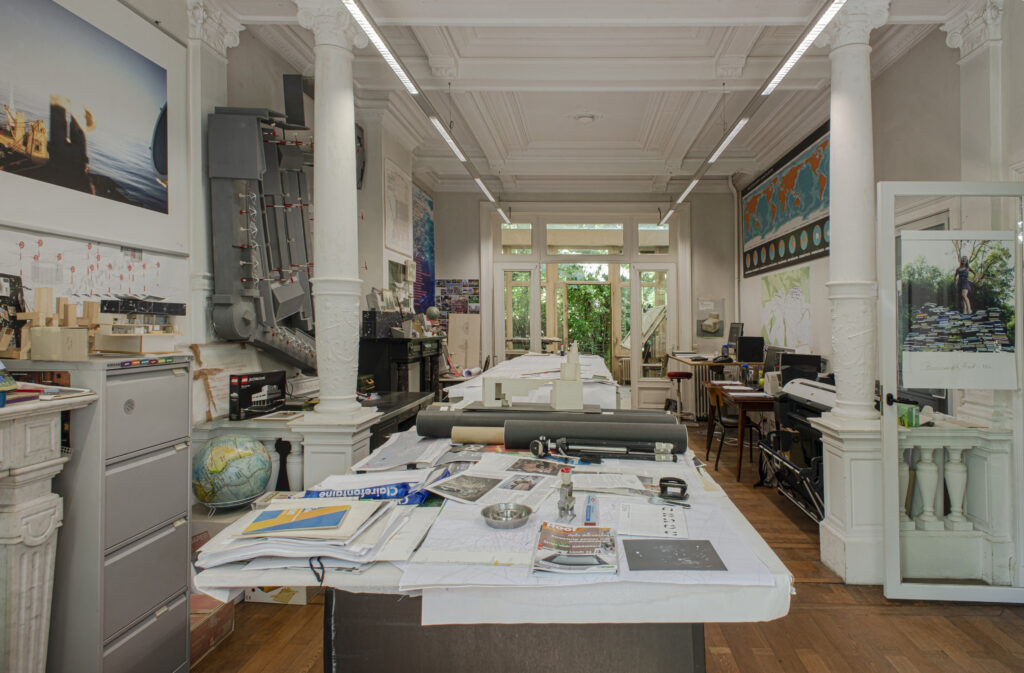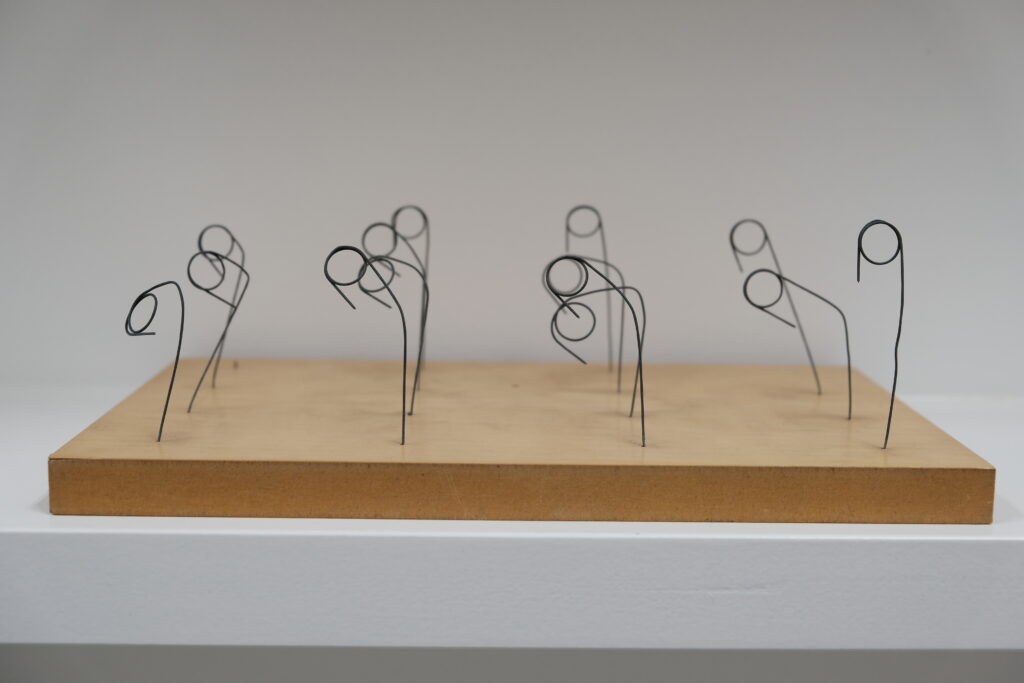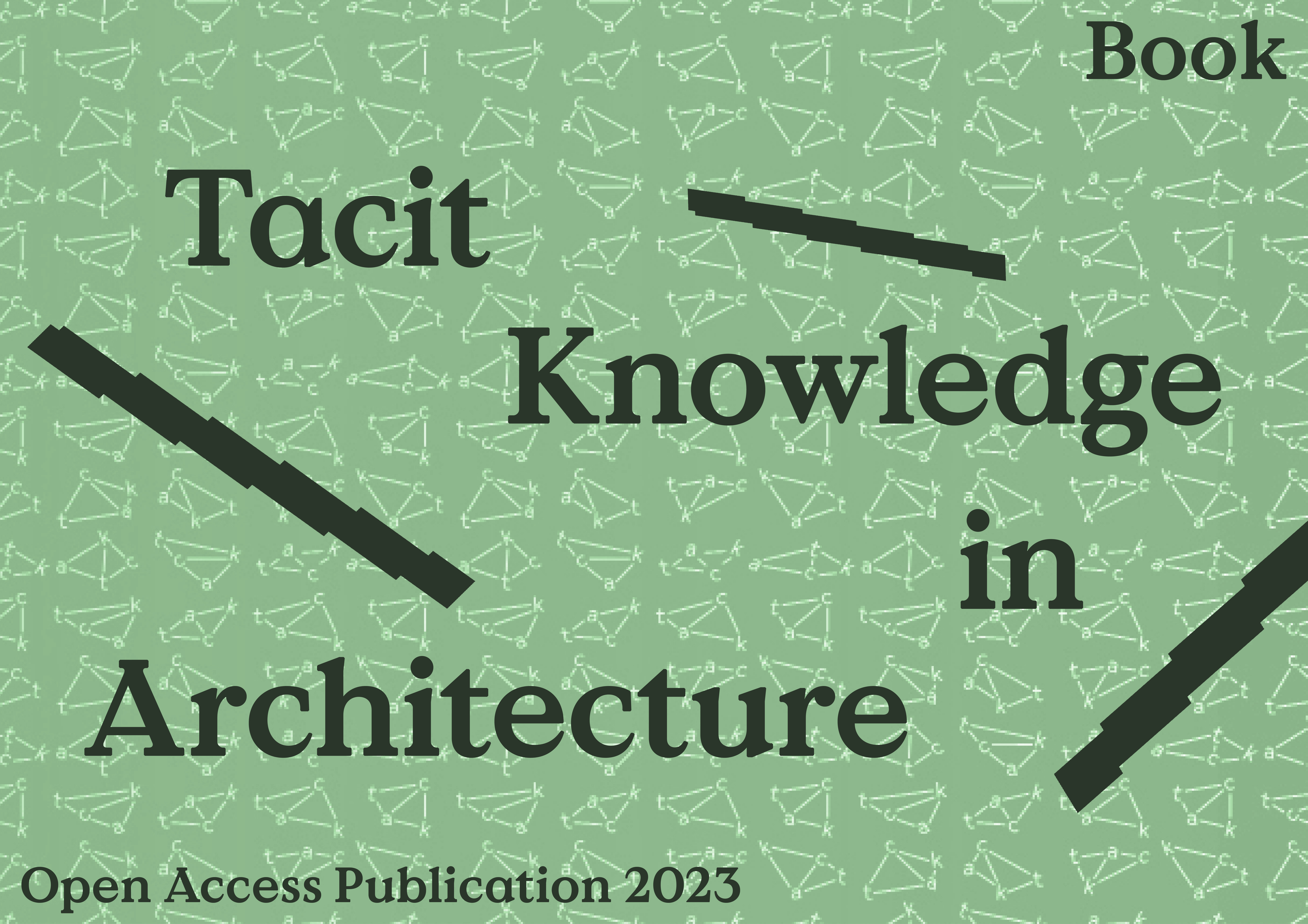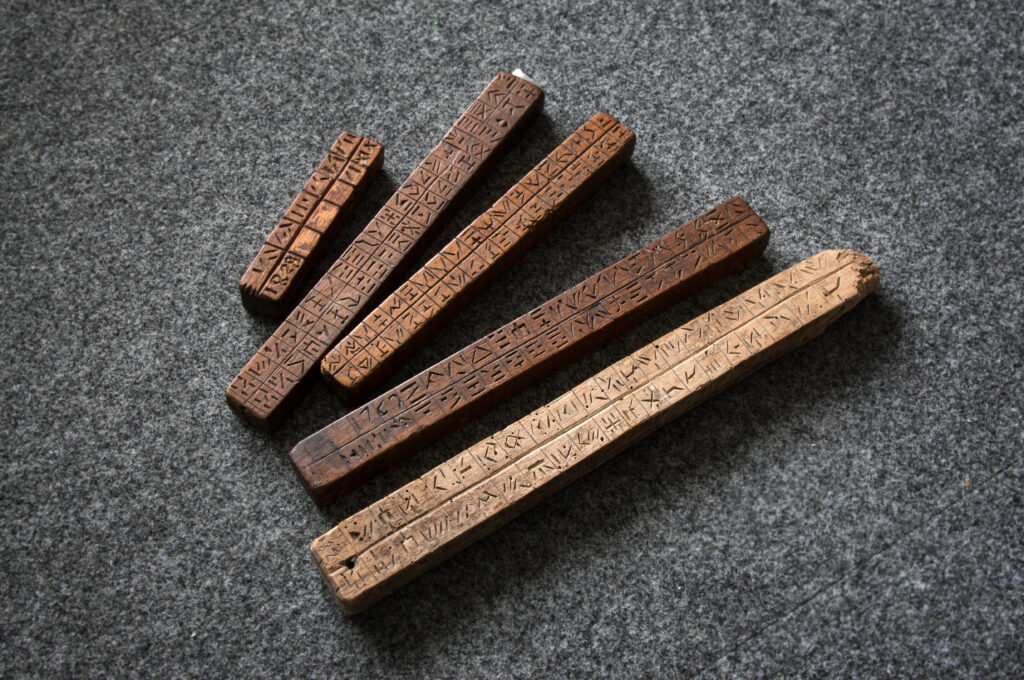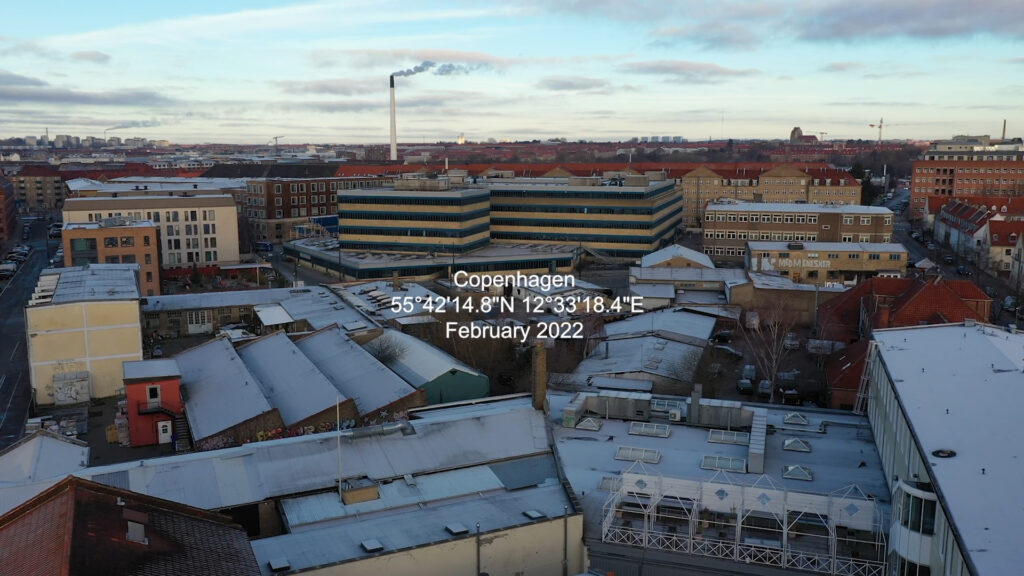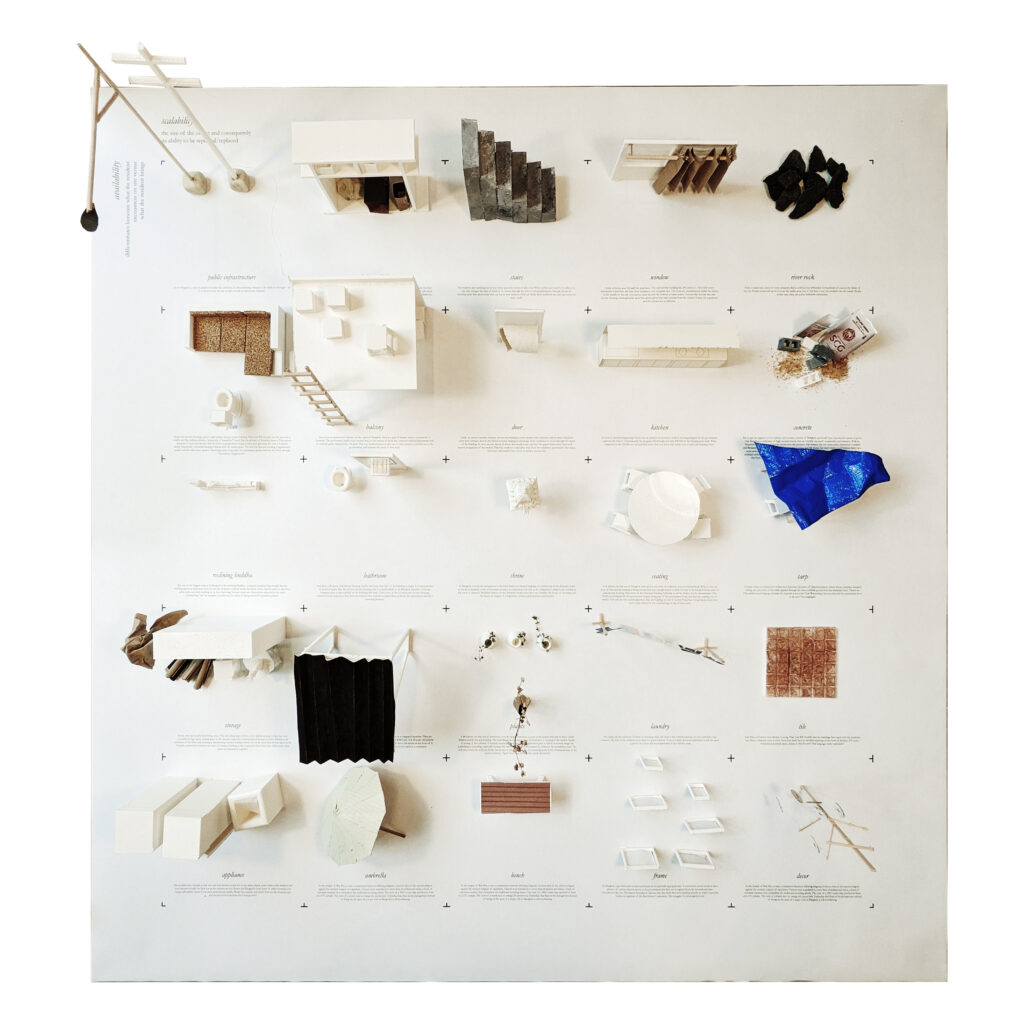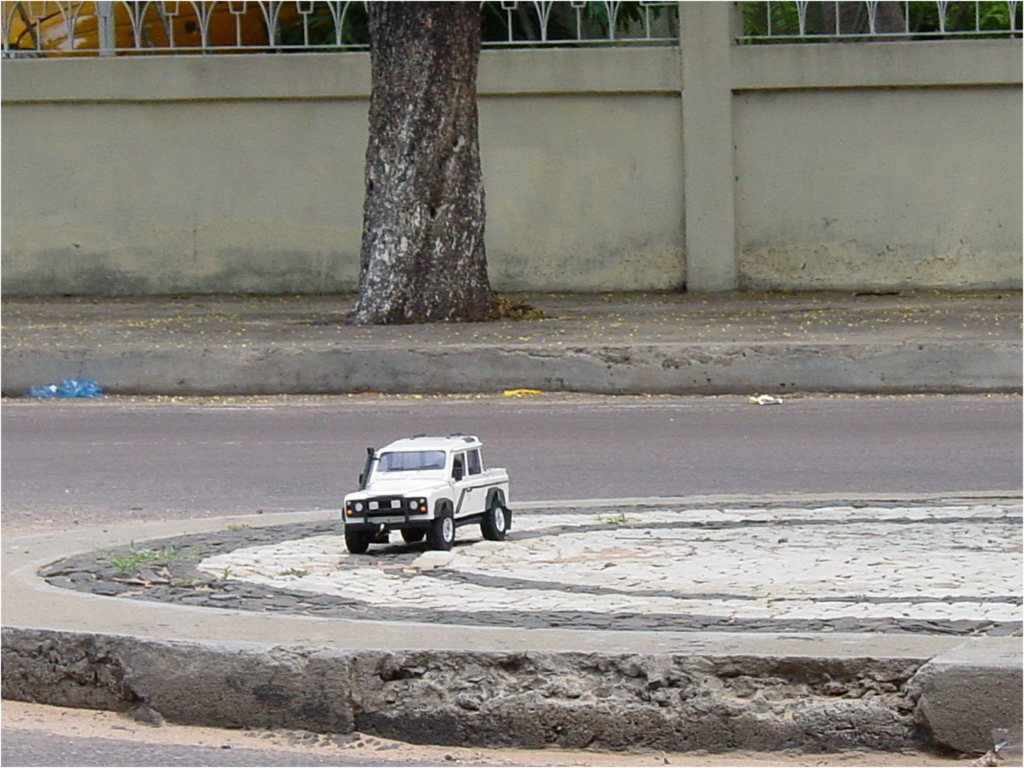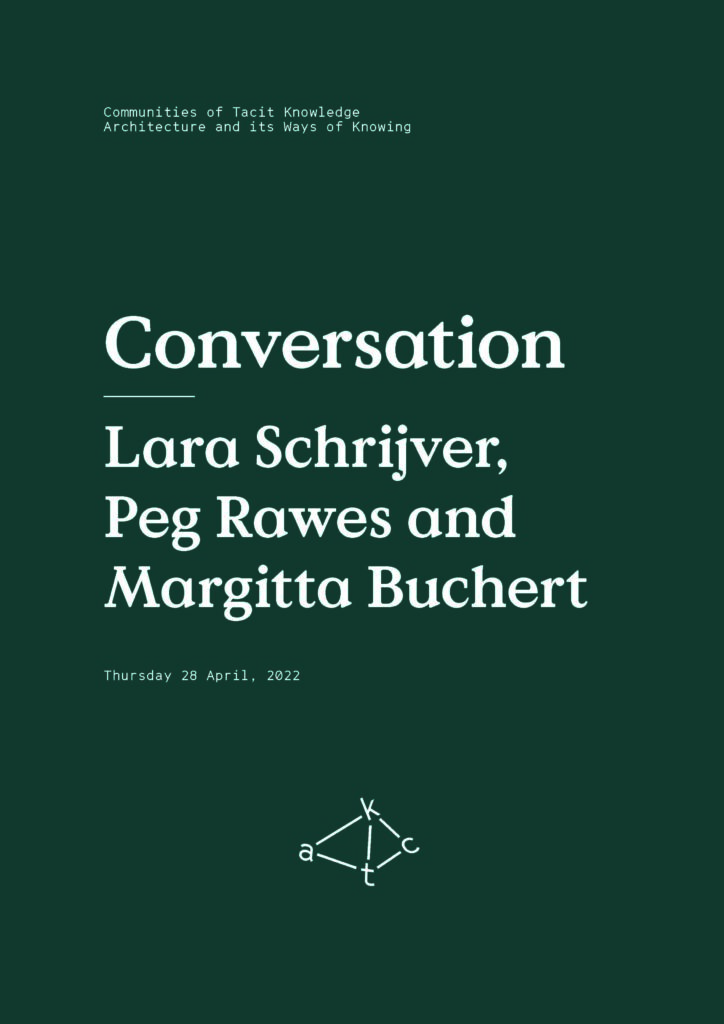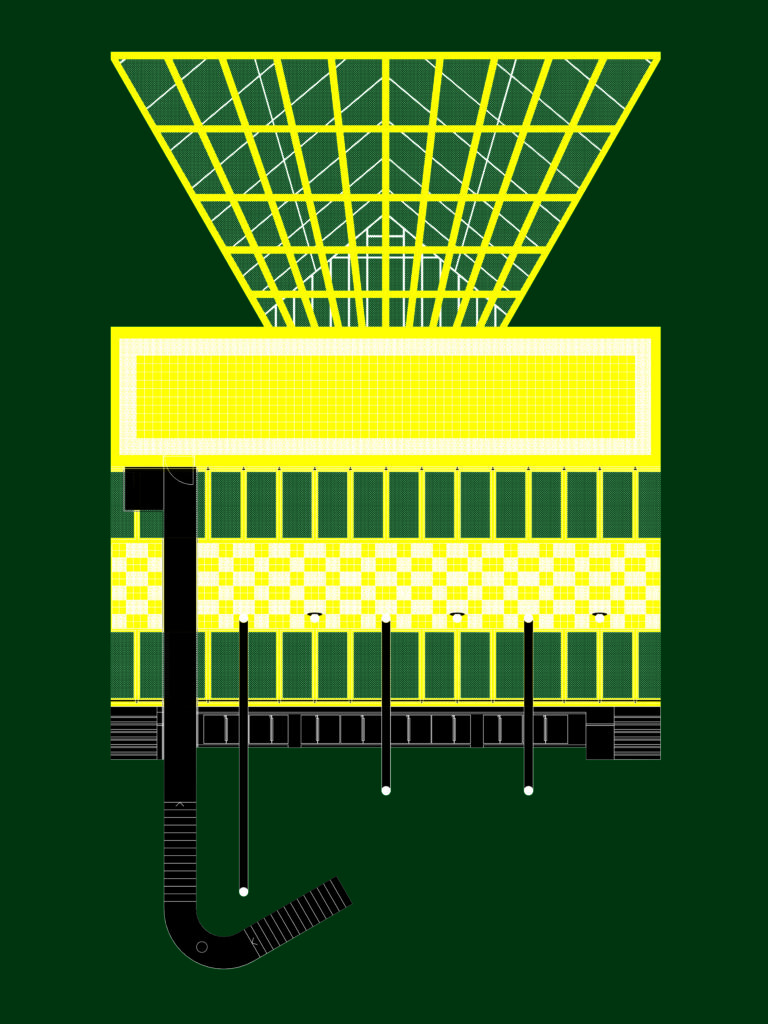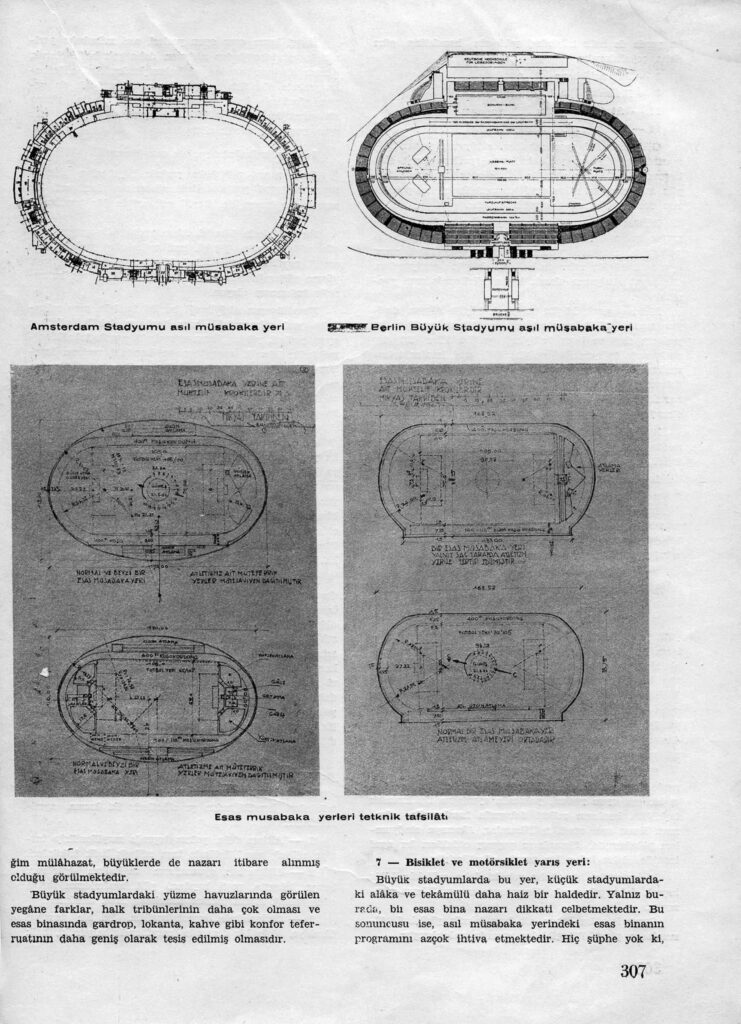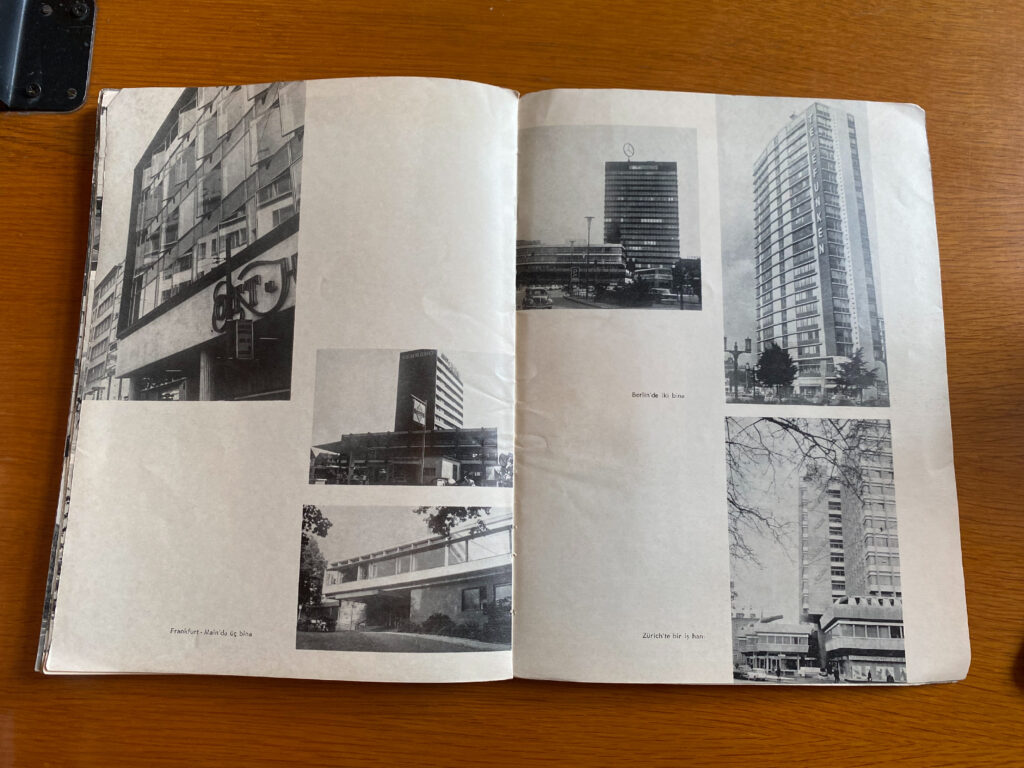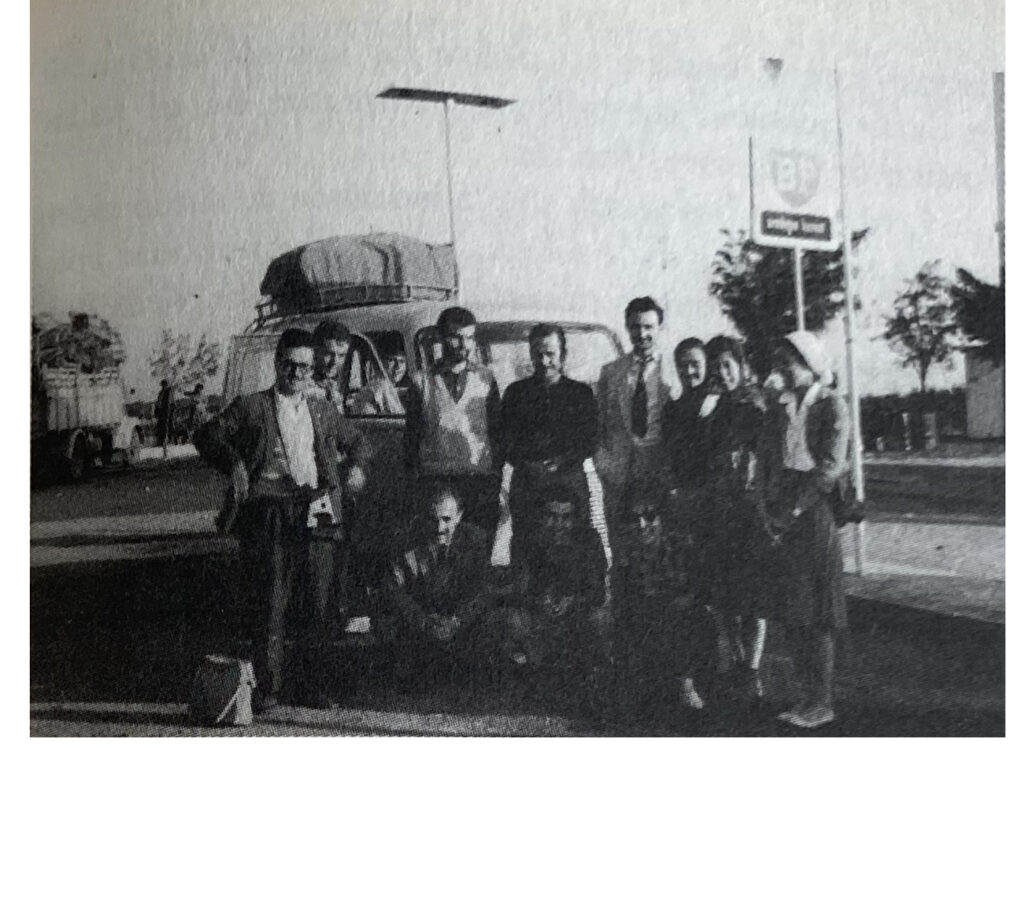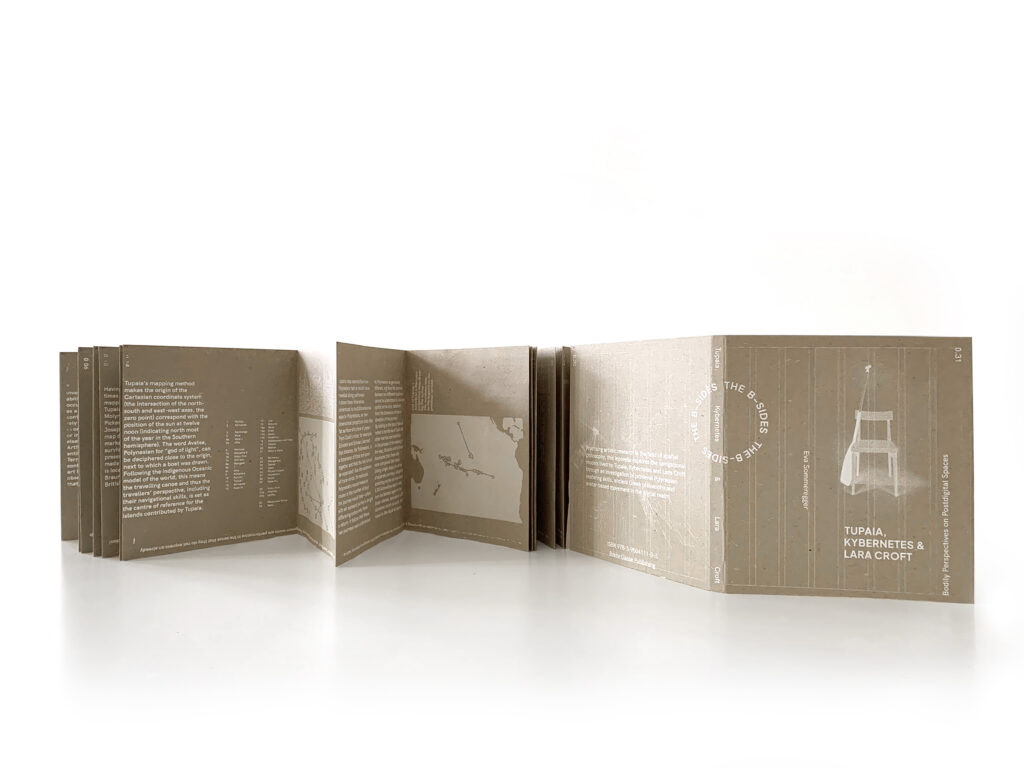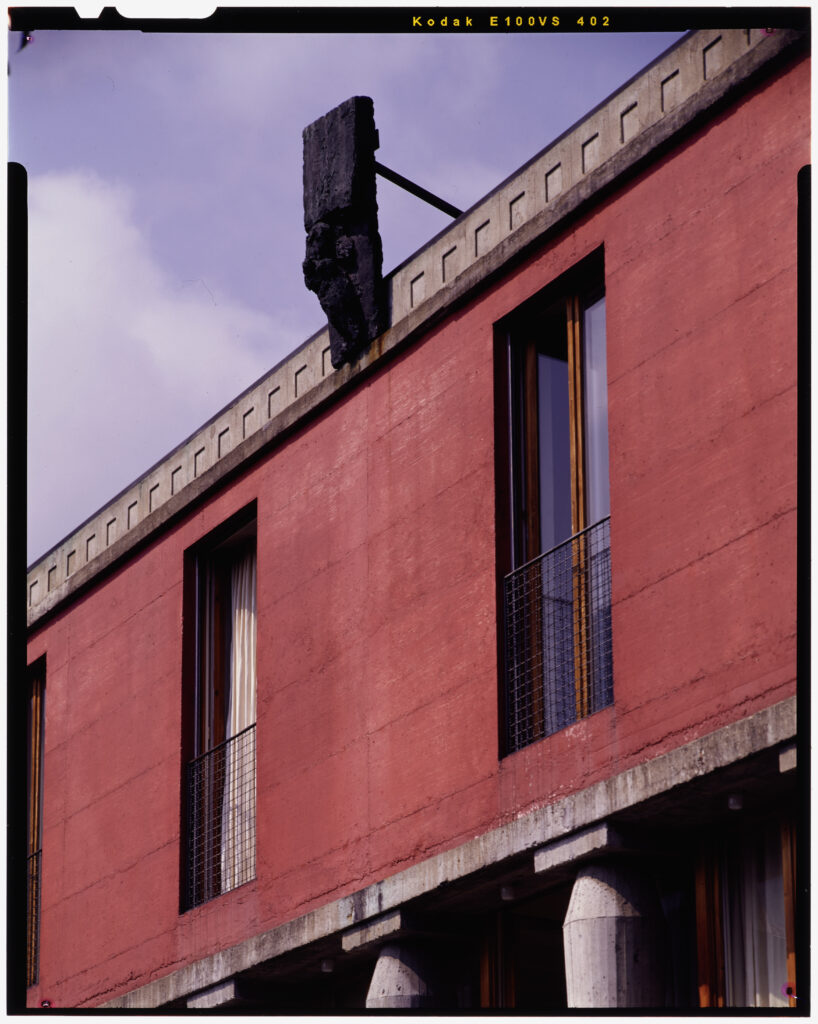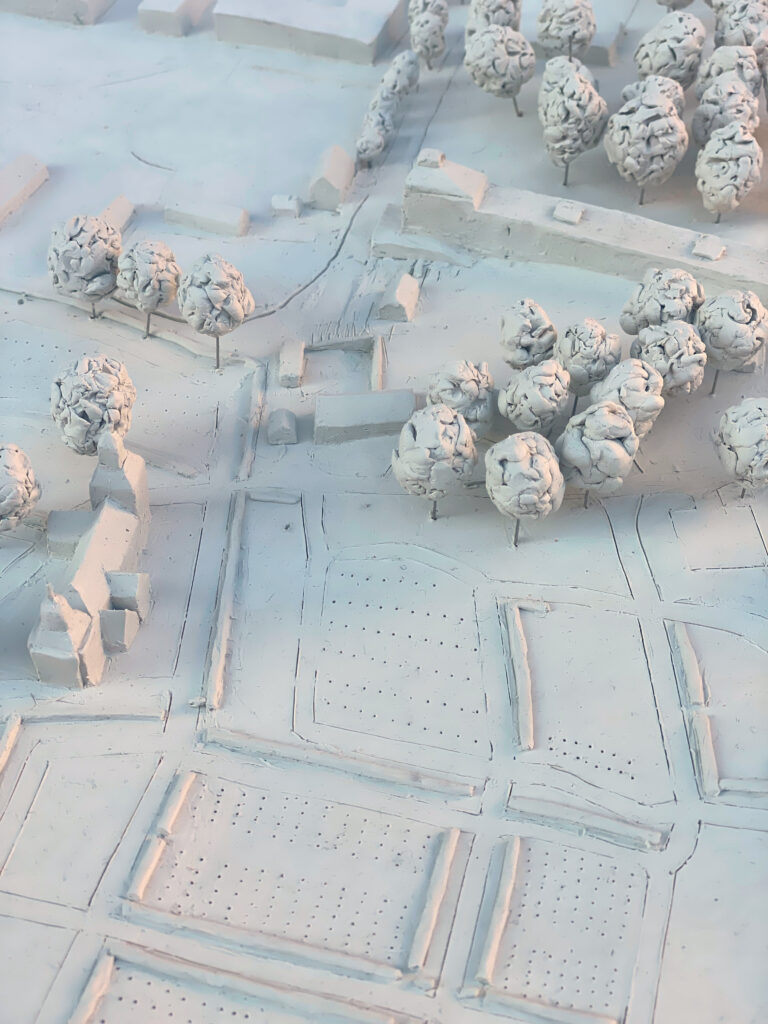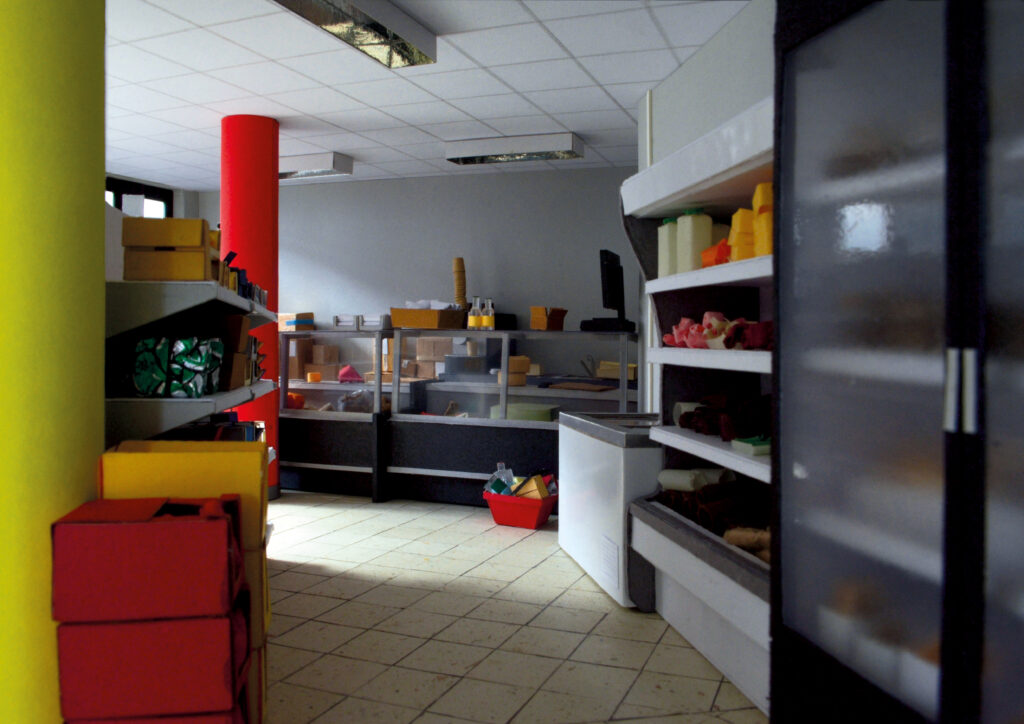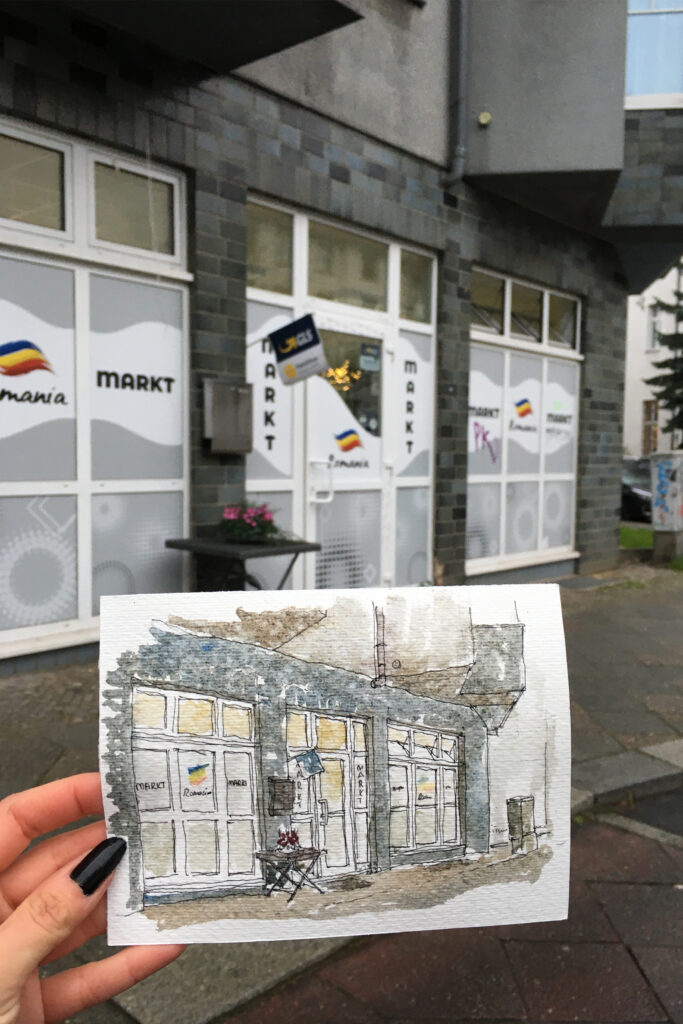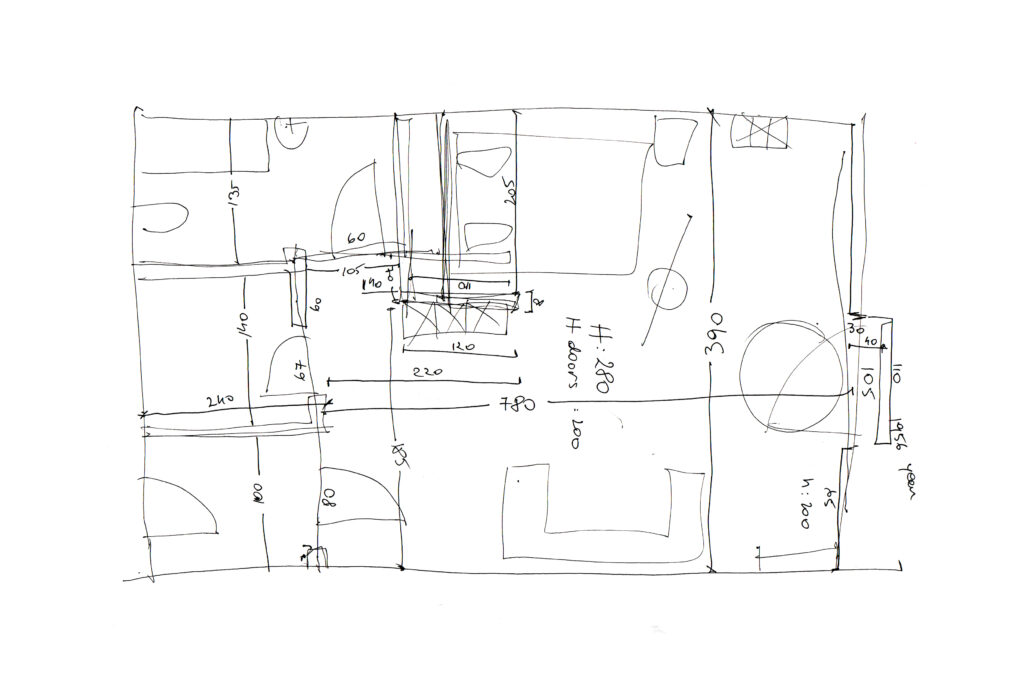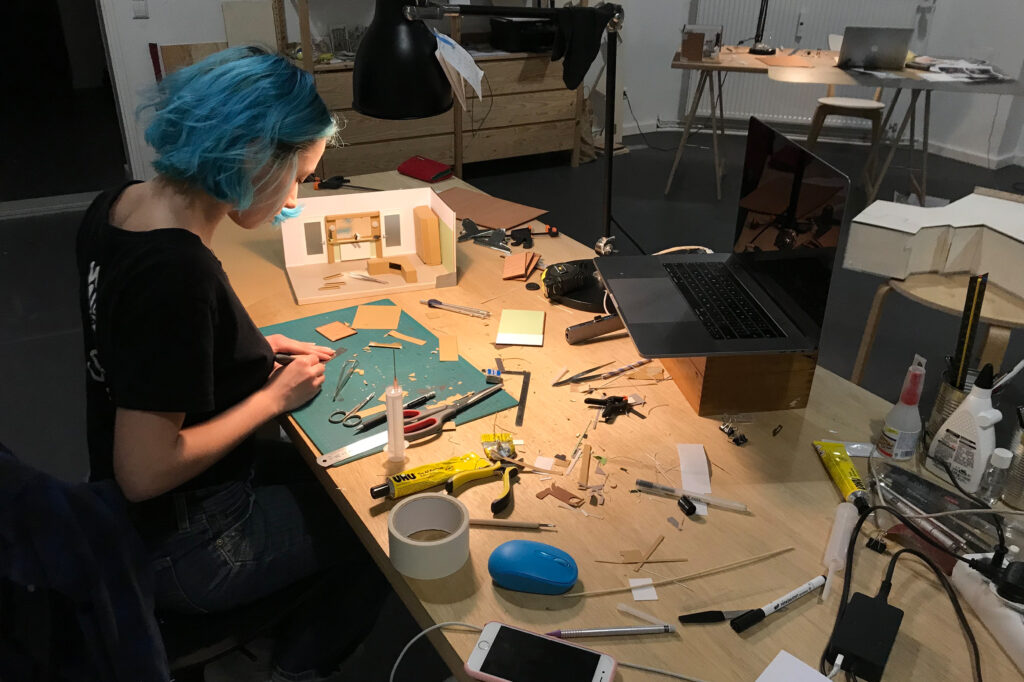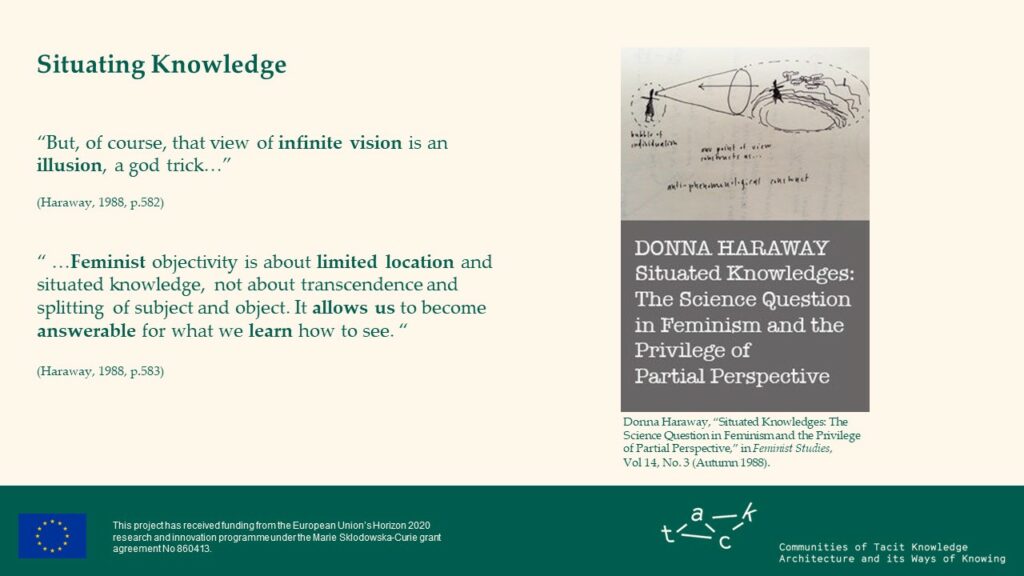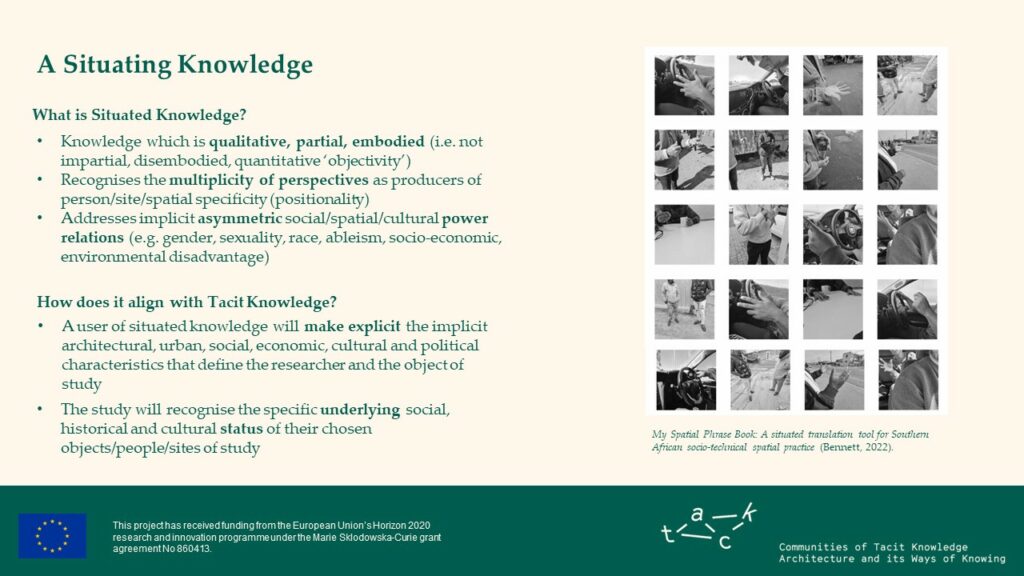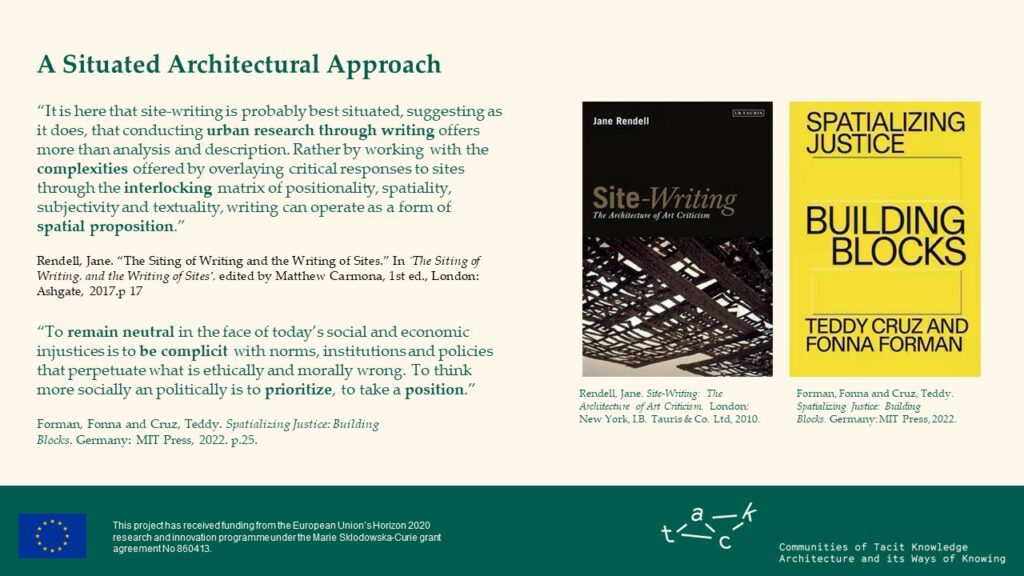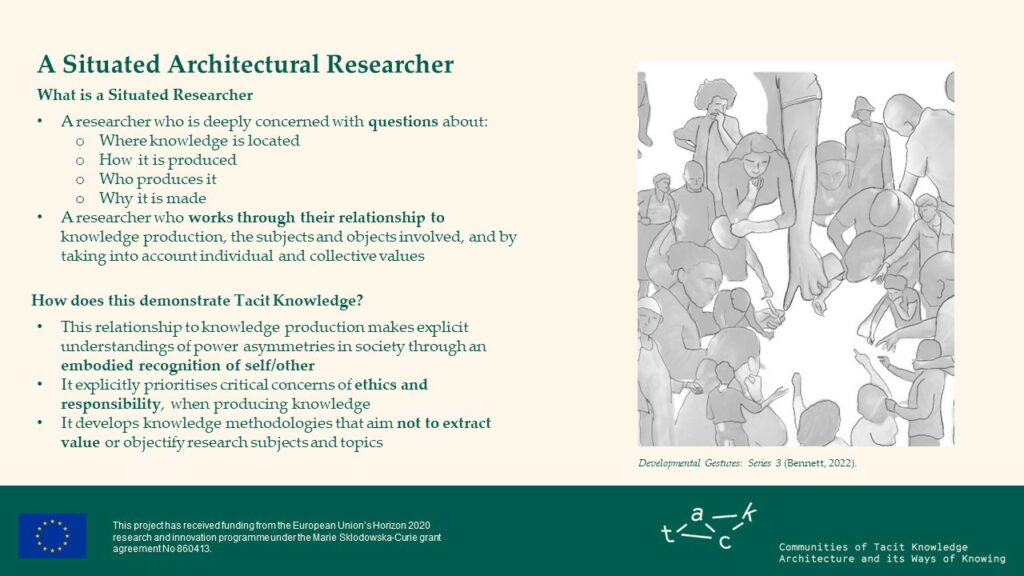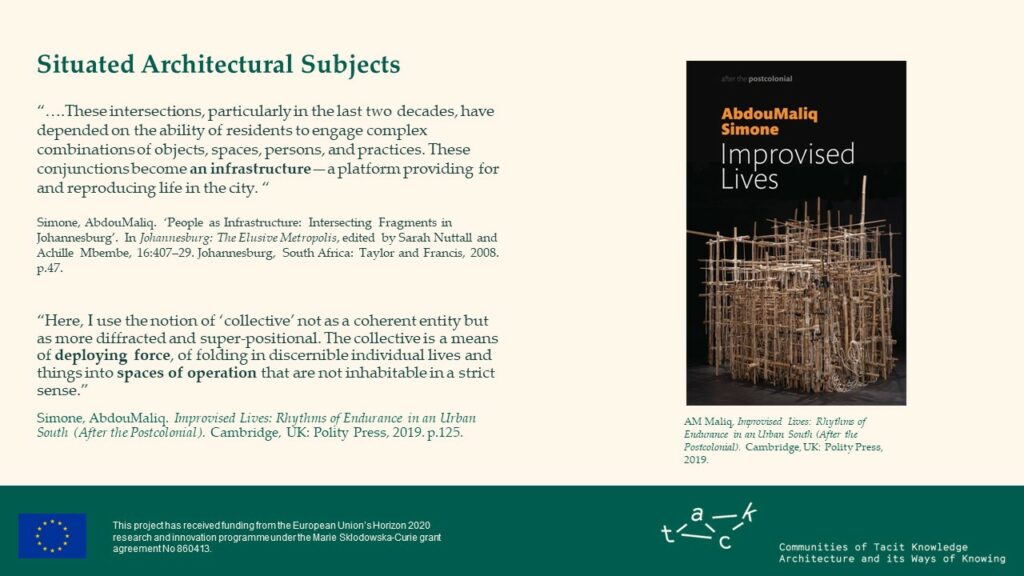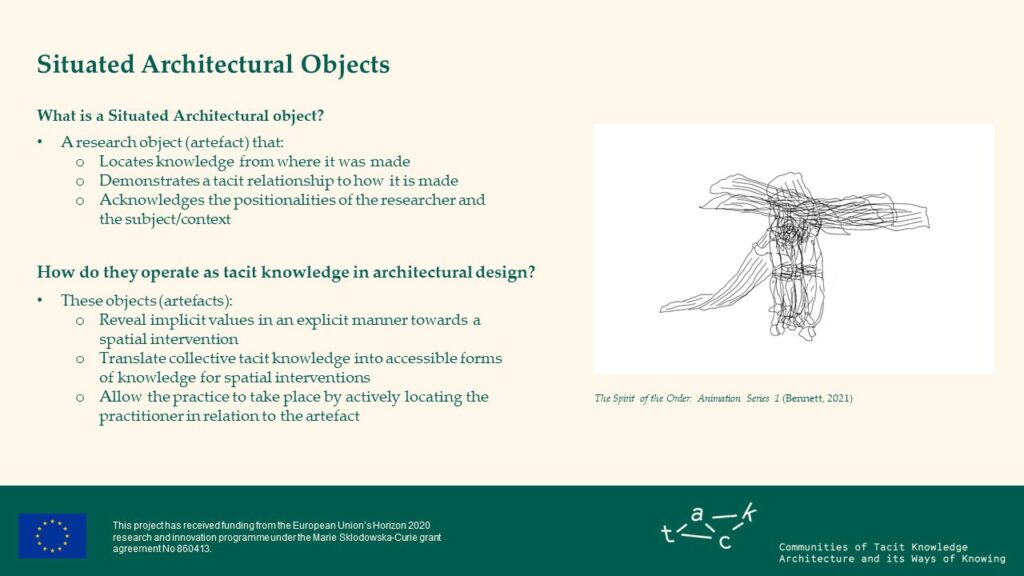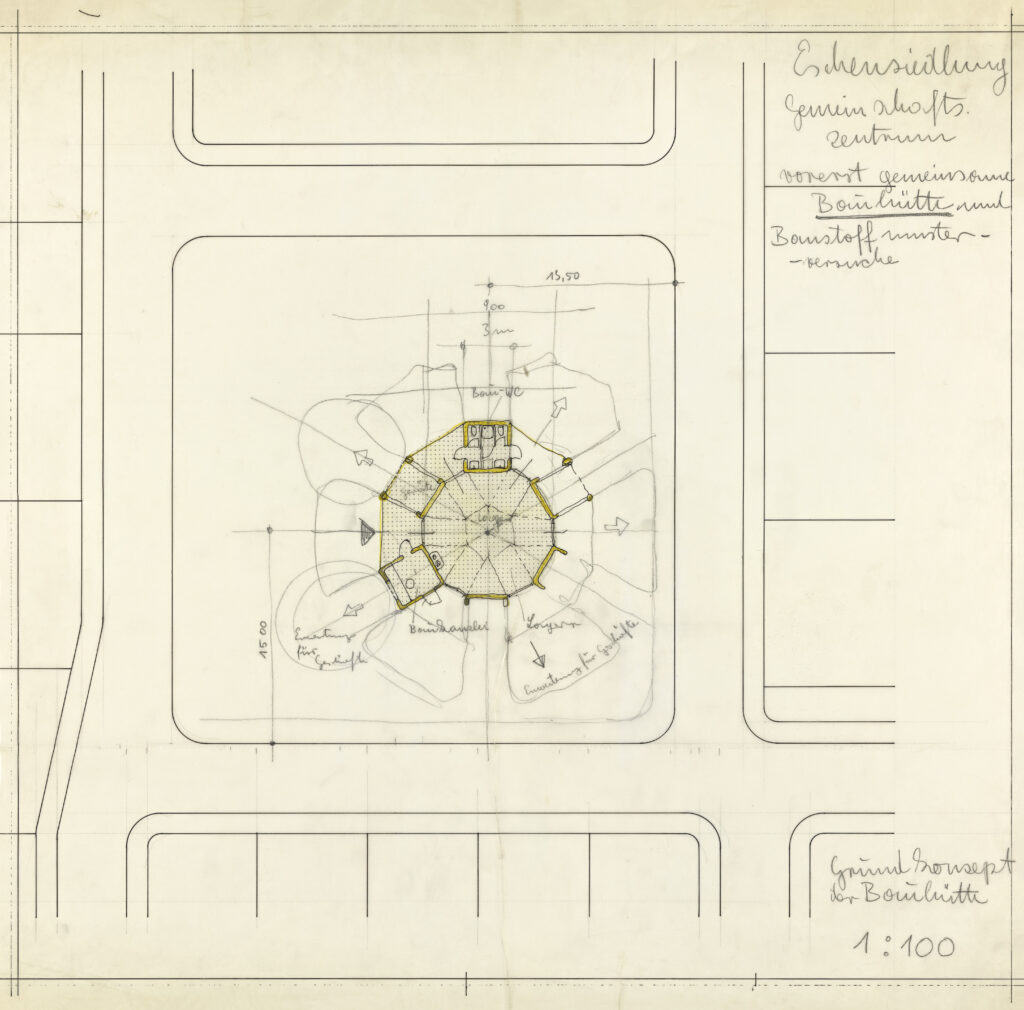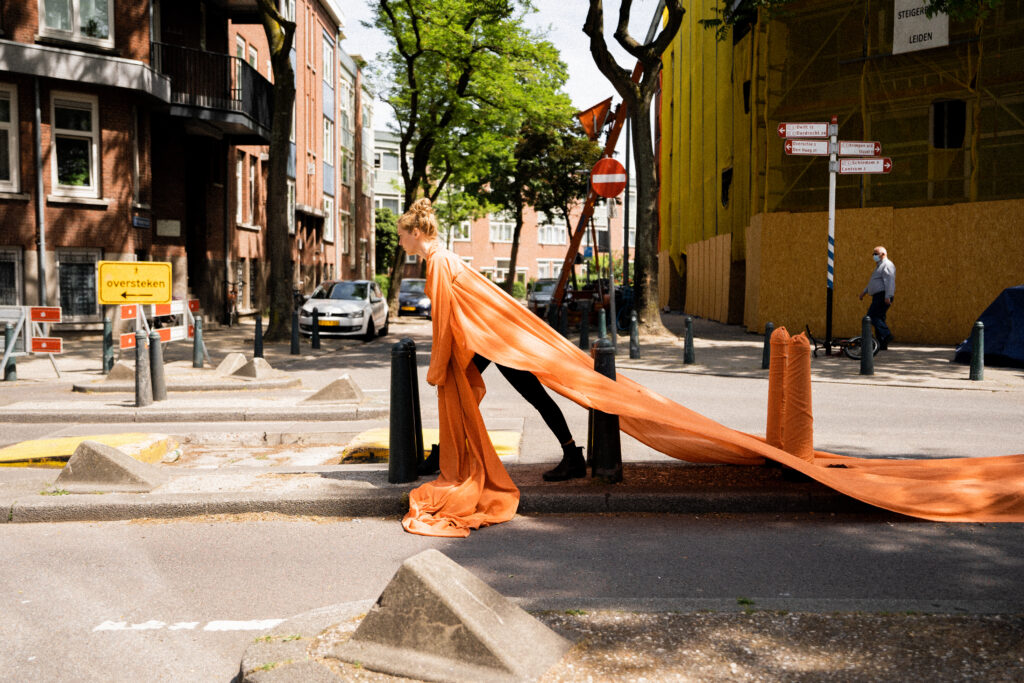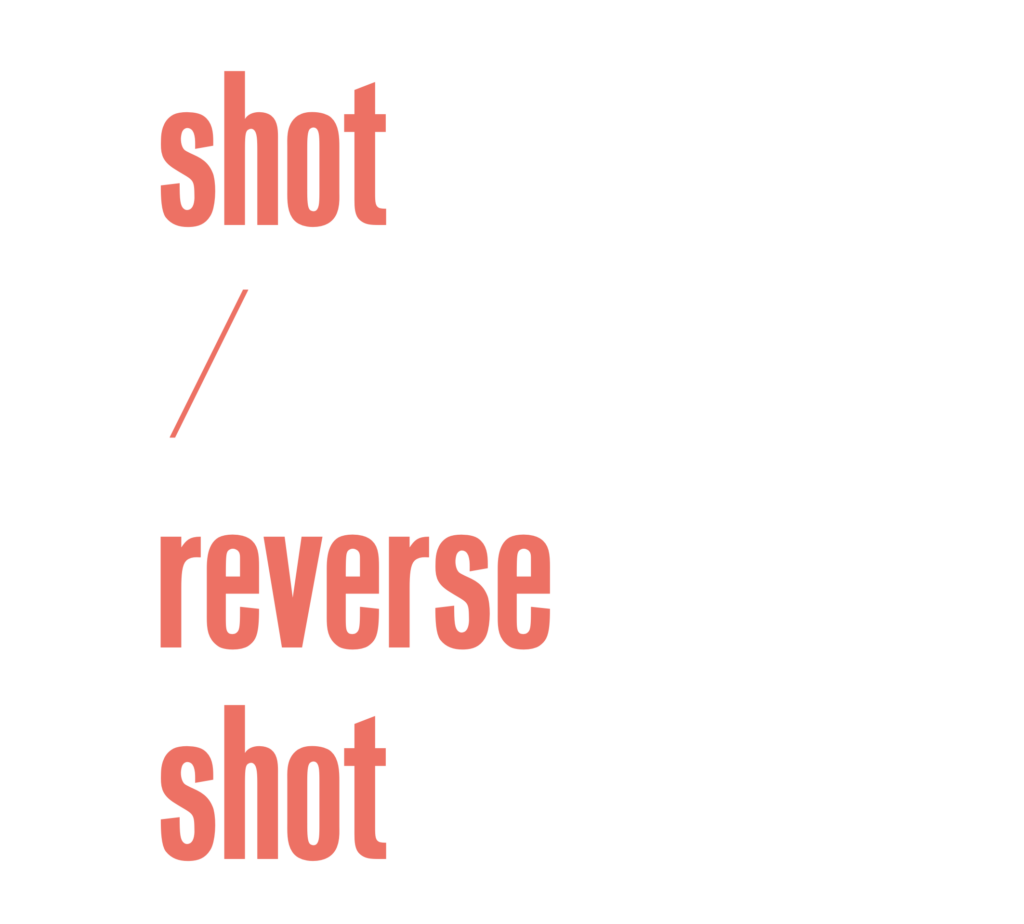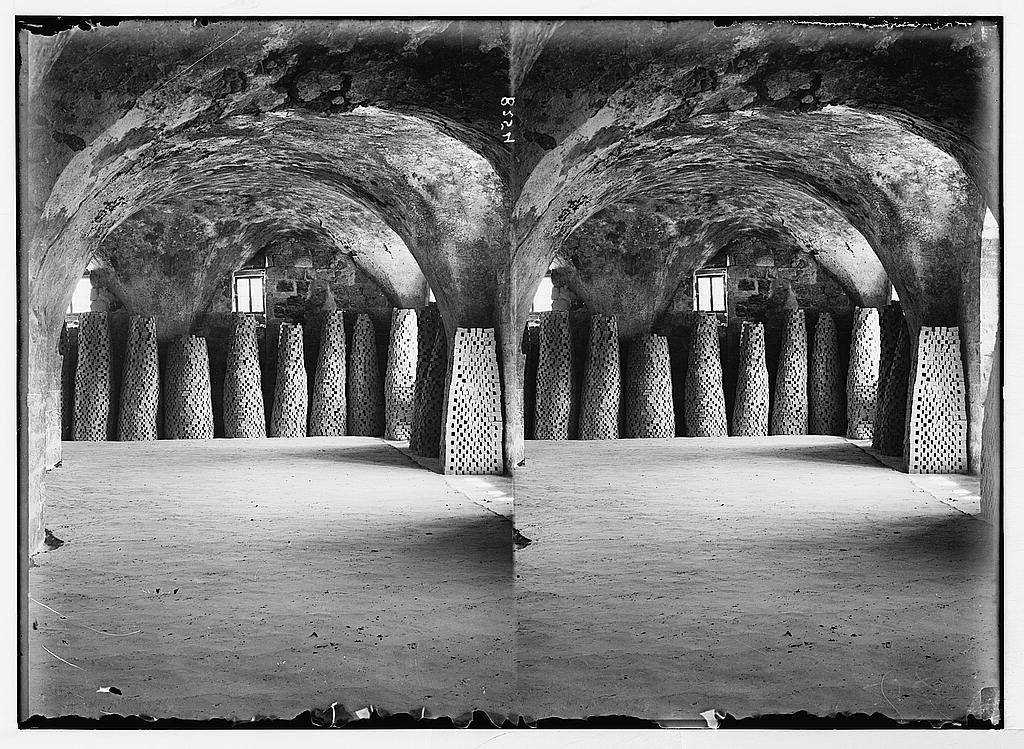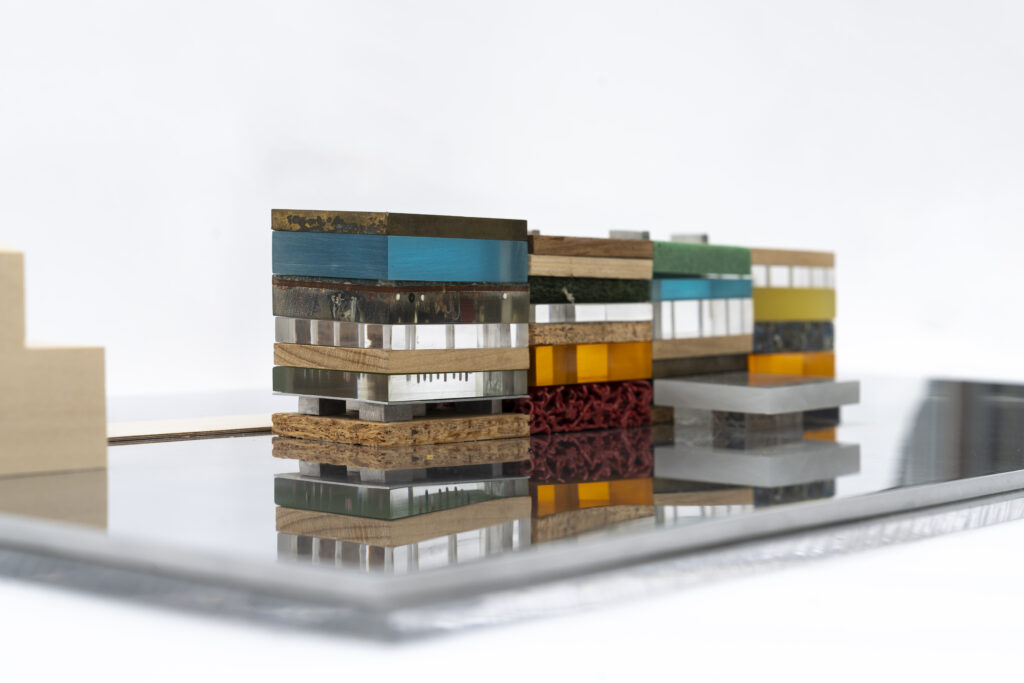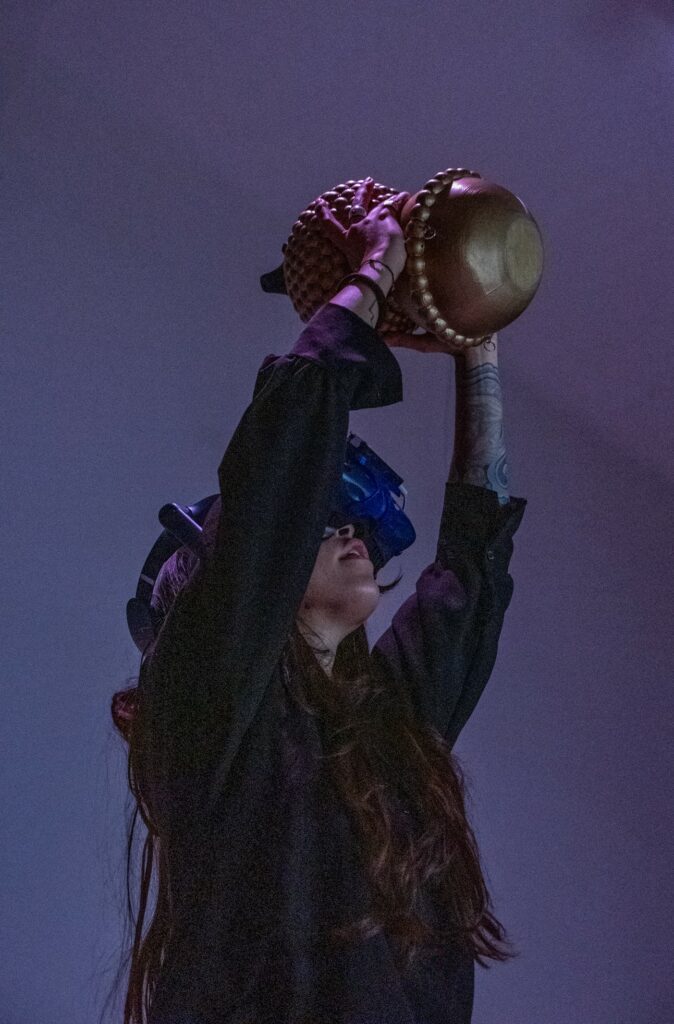Conference Paper
Paper Session ACTORS
TACK Conference Proceedings
On Twists and Turns. Architecture: Design and Judgment

Herman Hertzberger, Sketch Ministerie van Sociale Zaken en Werkgelegenheid, The Hague, The Netherlands, August 1984
ABSTRACT
Architects design in different ways, but rarely in the form of waiting for a singular hunch. Most often, instead, designing is hard work, reassessing material again and again, until the moment the various facets come together convincingly. In this paper, I use Hannah Arendt’s discussion of judgment in order to understand the process of design. Arendt borrows her understanding from Immanuel Kant, but draws it out of his aesthetic perspective and reassesses it into a political context. She emphasizes how a community is a necessary prerequisite for every judgment made. It is not enough to simply hear what others say, but one need to be able to think from that particular situation, in order to judge the validity of that perspective. I see a parallel here with design, though architects operate in different communities. The main challenge of design then is to connect these communities through the design and to understand what kind of information and knowledge can be gained within the different communities. By drawing the parallel, I will discuss the different knowledge communities wherein architects operate, and how 'judgment' offers a model of activating various knowledge systems.
Hans Teerds
Conference Paper
Paper Session ACTORS
TACK Conference Proceedings
July 4, 2023
View
On Twists and Turns. Architecture: Design and Judgment
Hans Teerds

Herman Hertzberger, Sketch Ministerie van Sociale Zaken en Werkgelegenheid, The Hague, The Netherlands, August 1984

Herman Hertzberger, Sketch Chassé Theatre, Breda, The Netherlands, March 14, 1992
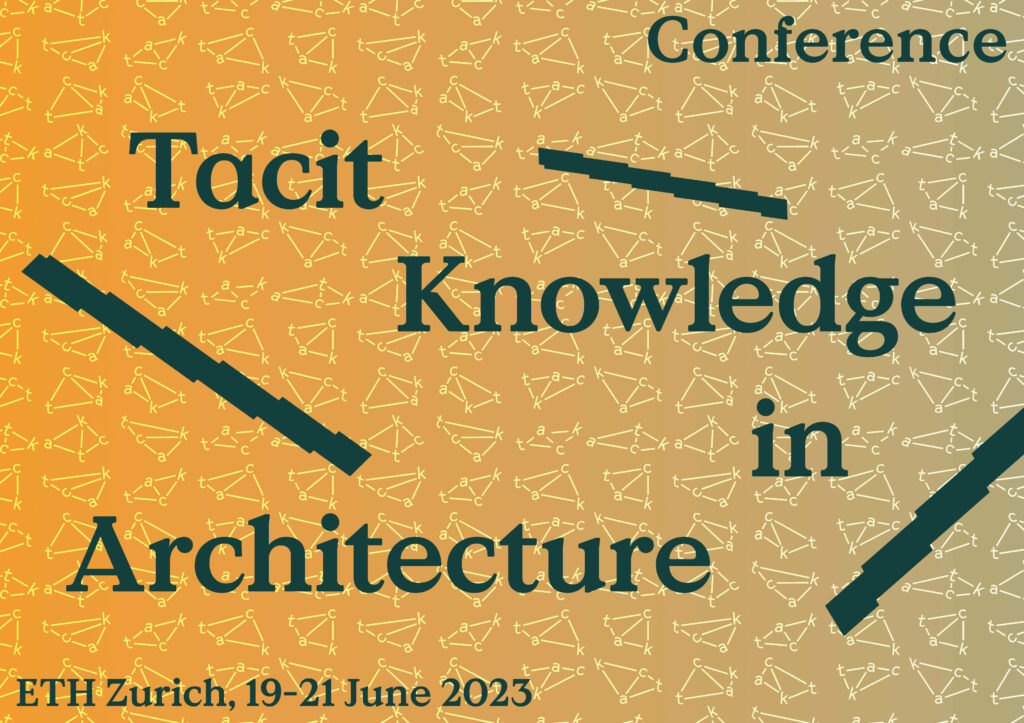
© TACK
ABSTRACT
Architects design in different ways, but rarely in the form of waiting for a singular hunch. Most often, instead, designing is hard work, reassessing material again and again, until the moment the various facets come together convincingly. In this paper, I use Hannah Arendt’s discussion of judgment in order to understand the process of design. Arendt borrows her understanding from Immanuel Kant, but draws it out of his aesthetic perspective and reassesses it into a political context. She emphasizes how a community is a necessary prerequisite for every judgment made. It is not enough to simply hear what others say, but one need to be able to think from that particular situation, in order to judge the validity of that perspective. I see a parallel here with design, though architects operate in different communities. The main challenge of design then is to connect these communities through the design and to understand what kind of information and knowledge can be gained within the different communities. By drawing the parallel, I will discuss the different knowledge communities wherein architects operate, and how 'judgment' offers a model of activating various knowledge systems.

